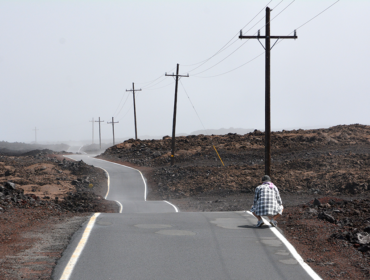You may have realized that biestmilch is based on a thought concept of complexity, regulation and modulation. I am permanently searching for allies with this denkstil. Because as you all may understand having allies or combatants respectively makes life easier all along. Now I found a new chap 😉 supporting our notion. It is the sensor for carbon dioxide in our brain. This sensor seems to be part of a circuit that regulates breathing and the emotions going along with it like fear and panic. We know that fear of suffocating is one of the strongest human behavioral motives. This sensor seems to trigger fear and panic, and thus determines the (safety) margin of how much lack of oxygen a person is able tolerate. The data we have currently available are referring back to mice experiments. So, there is still to prove whether it applies to humans too. If you ask me, it will, the structures in the brain may vary, but the principle as such – I am sure – remains the same.
If this is the case, can we train this circuit?
Here a Report from the New York Times, putting ideas in science to test. David Blaine holds with 17 minutes and 4 seconds the breath-holding record. Does this indicate: yes, we can!
From the New York Times: In April 2008, Blaine demonstrated his skills in Oprah Winfrey show by breaking the old record. He had trained in a swimming pool on Grand Cayman Island by doing a 16:09 breath hold, his heart rate went down to 46 beats per minute right away and then stayed fairly low (sometimes up to the 60s) throughout.
After he filled his lungs with pure oxygen, his heart rate remained at 130 during the second minute of the breath-hold and then stayed above 100 for much of the time. It was 124 in the 15th minute. The higher the heart rate, the more quickly oxygen is consumed, and the more painful the carbon dioxide buildup. But apparently his CO2 tolerance training (repeated breath holds every morning) was just enough to compensate. In the last minute his heart rate became erratic and he got concerned enough to start rising from the bottom of the water-filled sphere, but he kept his head underwater more than a half minute longer than the old record of 16:32.
The detection of a carbon dioxide sensor stands very much in line with the central governor concept introduced by Tim Noakes. Arrays of neurons in the brain form various circuits that regulate our body’s functions as there are blood pressure , blood sugar, temperature, heart frequency, pH, muscle fatigue within defined limits to guarantee survival. This means structures within the central nervous system set the limit, not the organs in the periphery. For our tolerance of carbon dioxide applies the same, our lungs have a much bigger capacity (David Blaine proved it) than holding your breath for a few minutes only when we already start to experience fear of suffocating. We obviously can push these limits, even though we a have to be aware of the fact that the safety margin gets smaller and smaller, and moving us closer to a life-threatening situation.



